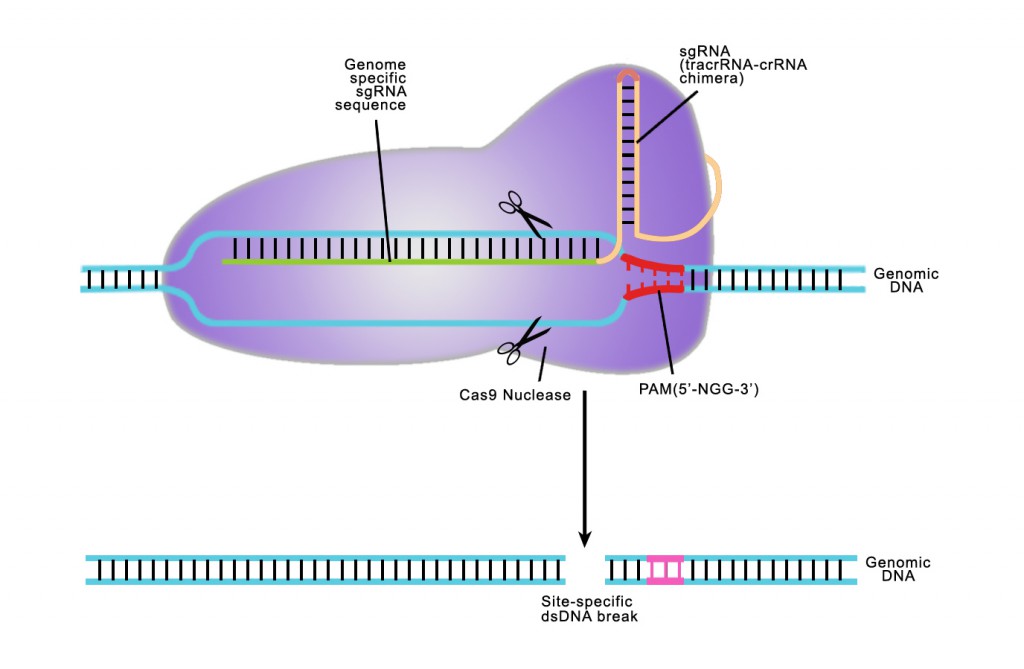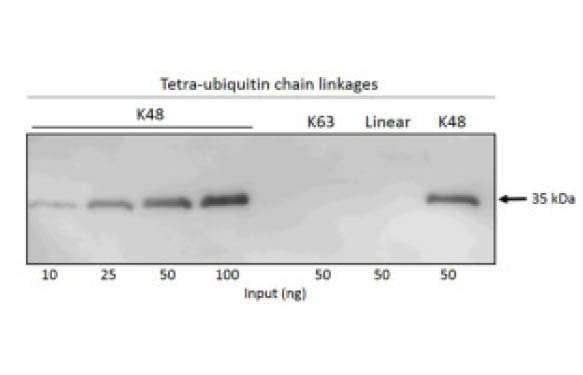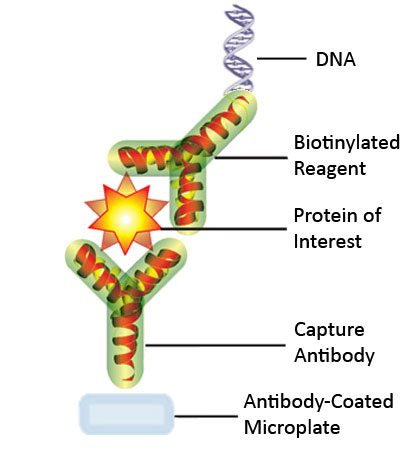The CRISPR (Clustered, Regularly Interspaced, Short Palindromic Repeats)-Cas (CRISPR-associated) (CRISPR-Cas) system has become trendy as it is suitable for numerous applications such as gene knockouts, genome-engineering, to name but a few. In a recent Technical Bulletin, Ed Davis describes the mechanism of CRISPR-Cas for genome editing and how the recent experimental improvements improve CRISPR-Cas9 specificity while reducing off-target effects.
In this Bulletin, Ed Davis and GeneCopoeia’s experts demonstrate how recent improvements in sgRNA design and strategy, combined with alternative versions of the Cas9 nuclease, make CRISPR-Cas9  a viable approach for many applications, including gene therapy, with much less concern about off-target mutagenesis than initially thought.
a viable approach for many applications, including gene therapy, with much less concern about off-target mutagenesis than initially thought.
See how these experts are able to design a full suite of efficient and specific CRISPR-Cas9 genome editing tools, including both the wild-type and D10A nickase versions of Cas9, sgRNA design for single and double nickase targets and sgRNA and Cas9 vectors in both lentiviral and non-viral formats
Request for your free copy of the Technical Bulletin “CRISPR-Cas9 Specificity: Taming Off-target Mutagenesis” now!
[contact-form subject=’CRISPR-Cas9 Specificity: Taming Off-target Mutagenesis Bulletin’][contact-field label=’Name’ type=’name’ required=’1’/][contact-field label=’Email’ type=’email’ required=’1’/][contact-field label=’Comment’ type=’textarea’ required=’1’/][/contact-form]



